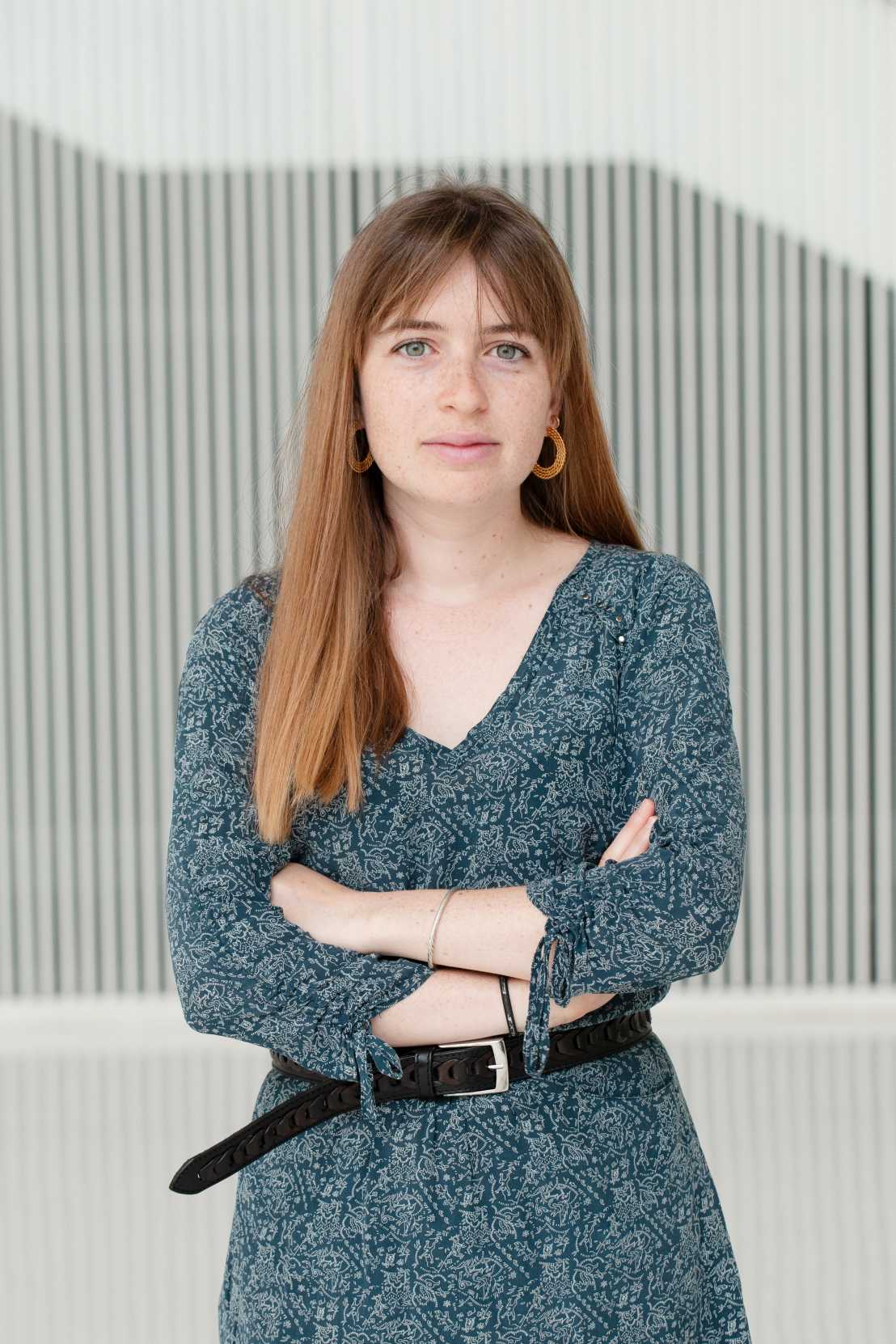
Data-driven insights
An interview with D-PHYS alumna Agnese Sacchi, Quantitative Risk Modeller at Zurich Insurance.
What was the decision path that led you to your present job?
My master's thesis was pivotal in my decision to become a risk modeller for an insurance company. As part of my MSc in Physics at ETH Zurich, I carried out work for my thesis in computational social science at MIT: that's where I discovered my passion for extracting insights from large data sets, particularly those derived from human activity. I find it incredibly fascinating to learn about society through the data we generate. In this regard, the insurance industry provides numerous opportunities because it's a data-driven business with an abundance of data accumulated over the years. In my role, data are frequently used to assess the likelihood of various events.
I was initially uncertain about which area of specialisation to pick, so I chose a job that allows me to work on a variety of projects and explore different types of risks and models. In my role, I provide quantitative support to various teams within the organisation, typically for projects that last between three to six months. I worked in market risk, where I modelled financial markets and addressed questions such as 'What will be the value of this asset in one year?' For another project I focussed on natural catastrophe risk, with a particular emphasis on floods. This breadth of topics is exactly what I needed for my first years in the industry.
What are your main responsibilities and tasks?
This largely depends on the project and on the team I support. However, I usually work on standalone projects for which I carry most of the responsibility for successful outcomes.
At the beginning of every project, I'm expected to quickly familiarise myself with the topic and learn more about the area I'll be supporting. This is the most dynamic and interesting part for me, as everything is new and there are no stupid questions. After that, how the project unfolds depends on the team I support. Sometimes I'm assigned precise tasks and deadlines; on other occasions I have more flexibility as well as a higher level of responsibility, so that I can define the next steps and proactively engage with relevant stakeholders to advance the project.
I typically spend a significant portion of my day coding, primarily in Python and occasionally in R. I also have one to three meetings each day to align with my colleagues. At the end of each project, there's a wrap-up phase where I document my work in detail and often give a presentation to one or more teams to show what I have accomplished.
What do you value most of your physics background?
There are many valuable skills that I carry with me from my physics studies. First, I developed a structured and logical approach to problem-solving that can be applied to a wide range of situations. Second, I gained excellent analytical skills that enable me to learn new concepts quickly. In fact, my physics education provided me with a robust toolset that allows me to rapidly acquire other skills. In a constantly evolving landscape of technologies and methodologies, being able to learn something new – and to learn it quickly – is the greatest advantage. I also rely on the mathematical knowledge and coding skills I acquired during my studies, especially the ability to work with large data sets.

You took advantage of career building programmes, and you branched out to design thinking coaching and actuarial education. How do these activities complement your physics studies? What is your advice for those keen to venture beyond their degree programme?
ETH Zurich offers a variety of opportunities that go beyond the preparation for a given career path. These opportunities do not only equip you with important complementary skills, they’re also a great way to meet motivated people from different backgrounds.
For example, during ETH Week I discovered the design thinking method, a widely used approach for developing solutions that address real user needs. I found it fascinating, and I decided to explore it further by becoming a certified design thinking coach thanks to a course and certification also offered by ETH Zurich. This experience was a major shift from my physics studies – where I was given problems to solve – to a framework where the first step is to identify real-world problems. This new perspective was incredibly stimulating and introduced me to a way of thinking that is common in design but much less so in my education path. Some of ETH’s initiatives also helped me strengthen soft skills through opportunities like Femtec’s career-building programme. There I developed abilities such as delivering an elevator pitch, public speaking, and negotiation – all skills that proved valuable in job interviews as well as in my professional life.
Currently I'm taking actuarial courses at ETH Zurich to deepen my understanding of insurance mathematics and the insurance business: this knowledge is highly relevant to my present job.
For anyone eager to explore activities beyond their studies, my advice is to go for it. These opportunities offer incredible added value. I wouldn't see them as additional work, but rather as fun experiences: that's what they've been for me.